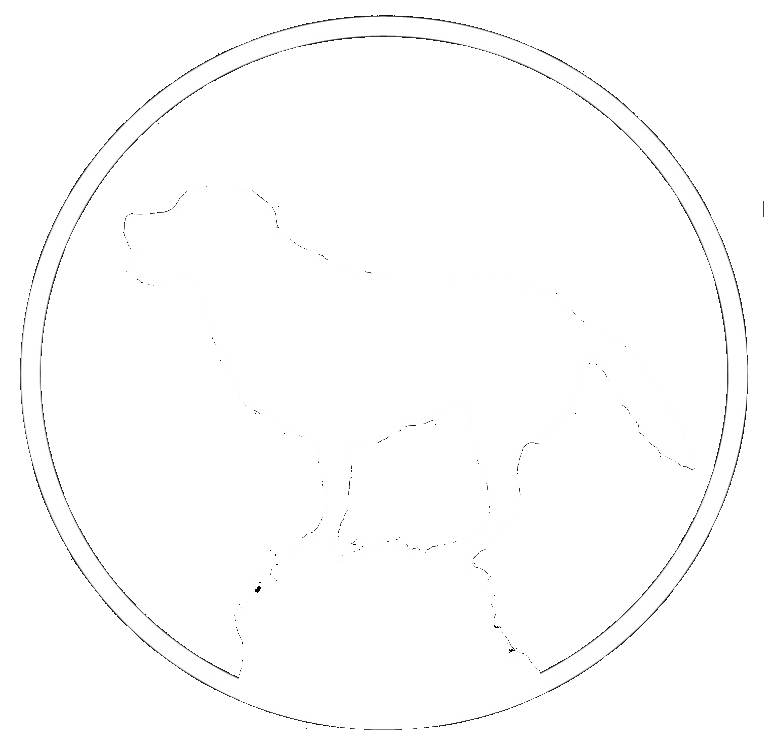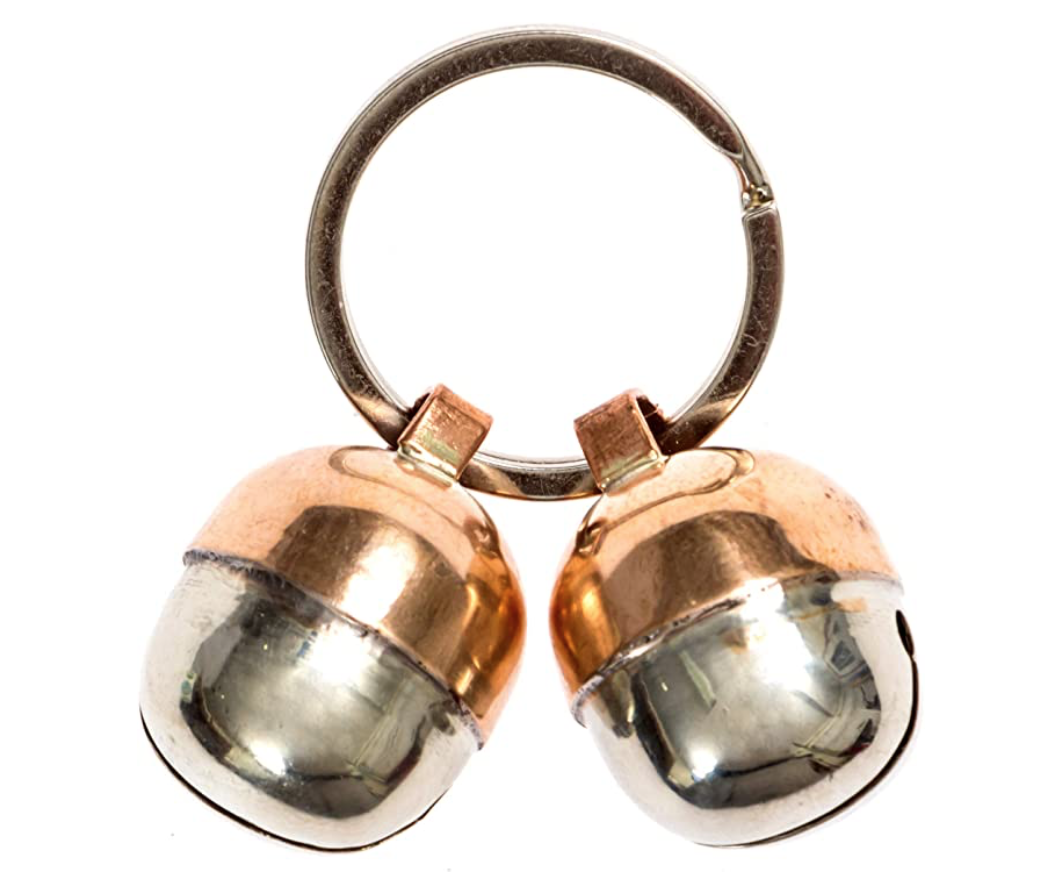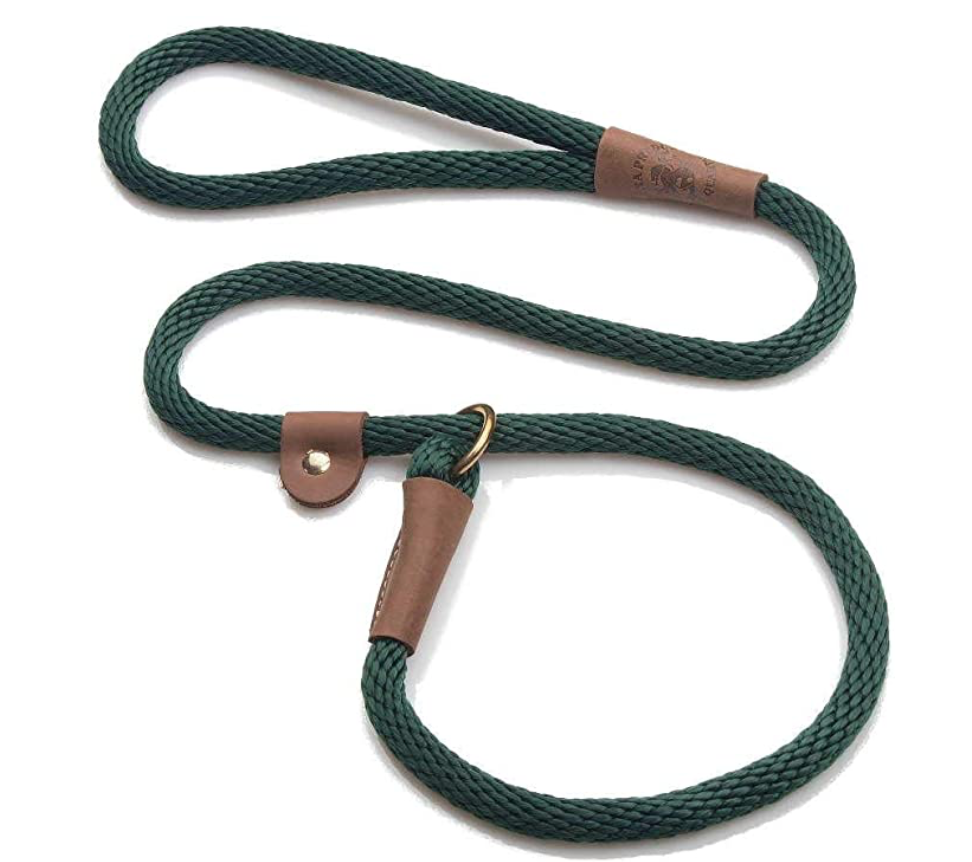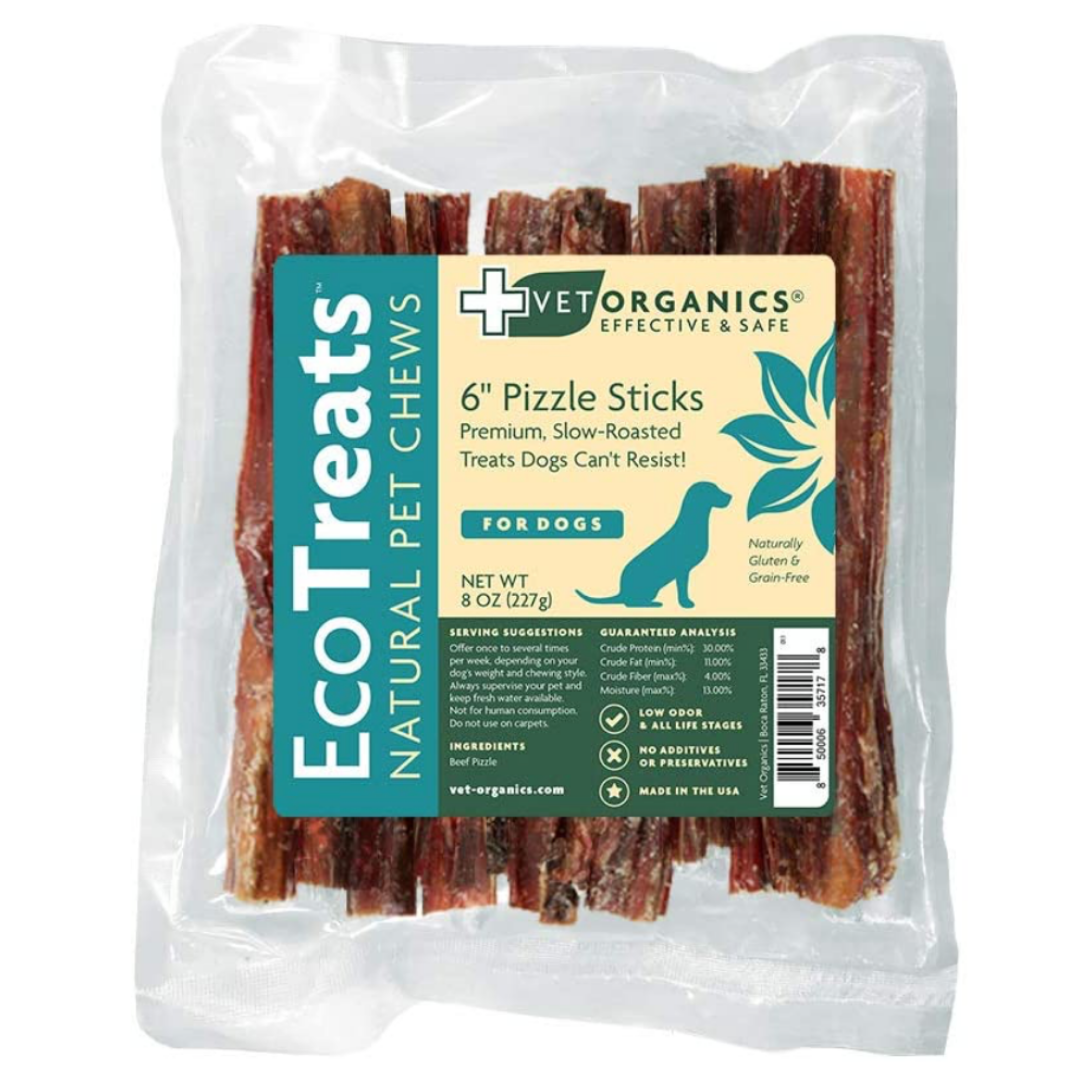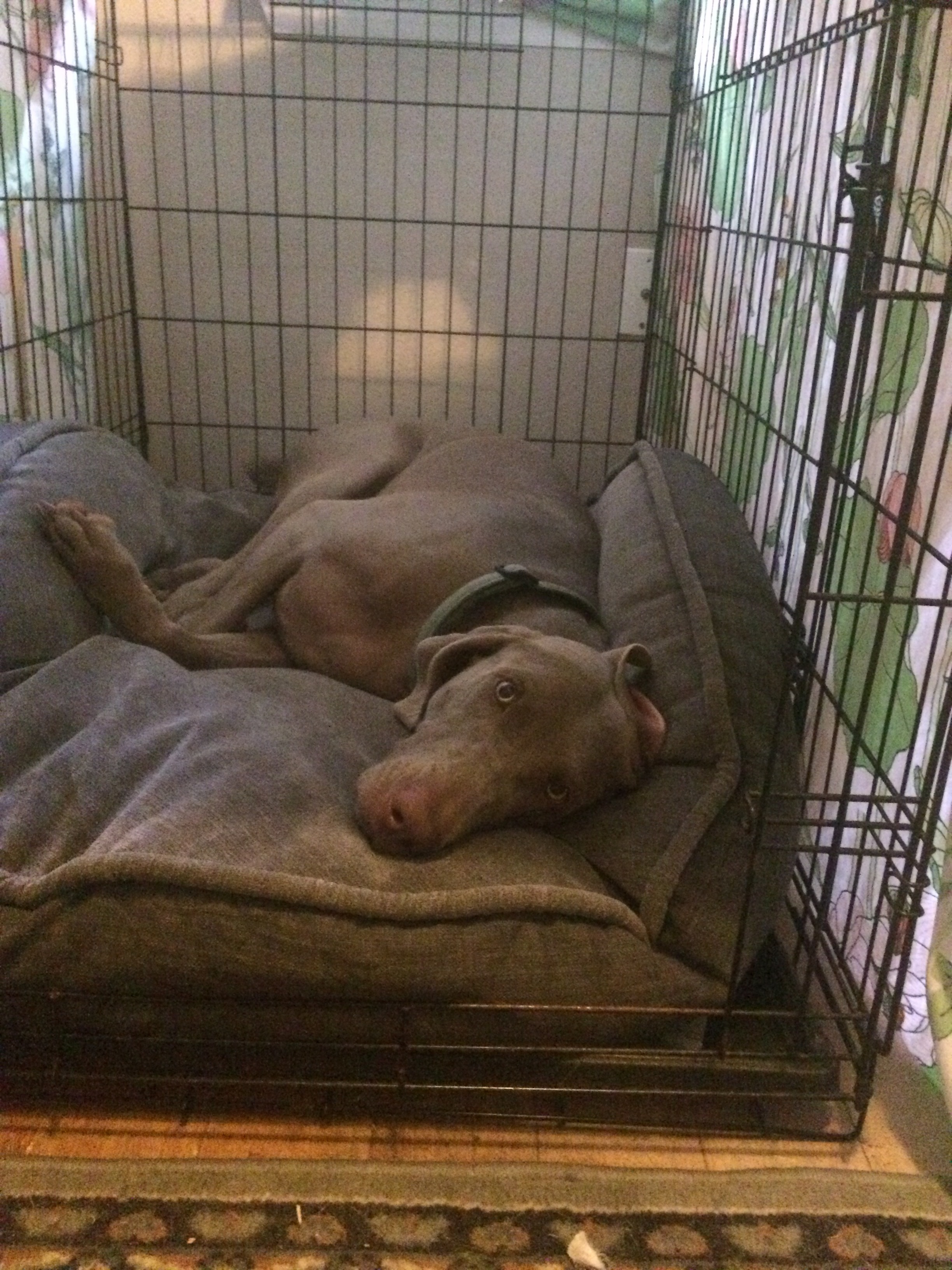How We Do It
-My program involves three different stages: Free time, Restricted time and Lock Down. After your dog potties, they get some free time in the house. When enough time has passed and I’m no longer positive that they are safe from potential accidents, I put them on restricted time.
Restricted time can look like:
-Being in a puppy pen
-Tethering a leash to a heavy piece of furniture
-Looping a leash around your foot or wrist or clipping to a belt loop - known as an umbilical leash
-Being in a room with you if you can actively watch them - really watch them, not just sort of watch them while you focus on something else
-Or, going in their crate
Depending on where you are in building your dog’s bladder control, they can go out after free time or after a little while of restricted time. We are trying to build their bladder control, but not allow it to go past capacity. Having your dog in your sight while on restricted time will allow you to notice the signals of having to go and get your pup outside right away.
If you are unable to watch your pup, go straight from free time to lock down in a crate until the next potty break! Two hours tends to be a good guide for most puppies, but adjust the timeline in accordance with their feeding schedule, water intake, vigorous play or waking up from a heavy nap. You should take your pup out after every big shift in energy.
How Do You Know If Your Pup Needs To Go?
A puppy won’t be able to cue you the way an adult dog may, so don’t expect a formal invitation from your dog to go outside. With puppies, start to go on alert when your dog:
-wakes up from a nap
-stops play
-starts to sniff or move towards carpet
-circles
-goes into a squat
-wanders into another room or around a corner
Do your best to preempt an accident by bringing your dog outside before anything can go wrong. Usually, if your dog does have to go and you bring them outside and cue the potty, they will go within a few minutes.
How Long To Stay Outside
It can be tempting to stay outside until your dog goes, but this can be trouble in the long term. You want your dog to know that they only have a short window to use the bathroom instead of holding their bladder as leverage to stay outside longer. This can really get you in trouble when you are in a hurry to leave the house and need your pup to go so you can go.
Limit each potty break to 5 minutes and keep poty walks under 15 minutes. If your dog doesn’t go, they can hang out in their crate and you can try again in 10 to 30 minutes. By keeping each break short, your dog learns that they need to take this chance to go or else they will be stuck with a full bladder.
Getting With The Program
Potty training begins first thing in the morning. When you wake up, immediately take your dog outside. This will be known as zero hour.
If possible, try to have your pup walk instead of being carried. This can be tricky in apartment complexes or anywhere that they will have a chance to squat and potty along the way.
Leashing from the crate to the yard is a good idea to help your dog hustle outside without squatting in the house. You should always try to use the leash in pulses, giving your dog the opportunity to follow along of their own volition instead of dragging them with steady pressure. This will help your dog figure out that when they trot along with you, the pressure goes away and therefore encourages more of that behavior in the future.
Cue The Potty
Go outside with your dog and use your cue word to indicate this is the time to eliminate. I like ‘go potty’ because it has a unique cadence and can be said in a sing-song voice.
Have your dog on leash, even in a fenced yard, because then you can touch the leash to encourage your pup to stay focused on the task and keep sniffing around to find a spot instead of looking around or sniffing the air or playing with a leaf or chasing a butterfly - you get it, puppies are cute. When you are on a potty mission, pinch the very tip of the leash handle and follow along with your dog, keeping the leash slack. You want them to have the space to explore and find that perfect potty spot, as long as don’t drag you or dive bomb into a smell,
How Much Is Enough
Your dog will likely pee first. Over time you will get used to how much your dog pees so you can tell if it’s a mark, a partial pee or a full bladder empty. Ideally, first thing in the morning, you get the full bladder. After the pee, reward your pup, but do it in a way that will allow them to stay focused on doing a full system empty and get a poo in, too. Not every dog wants to poo first thing in the morning. Give your dog 5-10 minutes of walking and sniffing around to have a chance to go.
When you go back inside, you should be pretty sure your dog is empty and won’t eliminate while you are feeding breakfast. If you suspect that your dog isn’t empty, keep them on restricted time when you come back in. This could mean being on the leash, in a crate or in a sectioned off part of the house, ideally without carpet. If you feel confident your dog is empty, they can have free time! You want your dog to start associating going potty outside, with being free to have fun inside.
A Sample Schedule
7:00am Wake up
7:00-7:10 Outside, ideally pee and poo
7:10 Feed breakfast at this time
7:15 Take a trip outside right away
7:30-7:40 Another potty break if your pup didn’t go
7:40-8:40 Free time if empty or restricted time if he didn’t
8:40 Potty break - record when he goes and what in your potty journal!
8:45-9:30 Free time
9:30-10:30 Restricted time
10:30-10:40 Potty break
10:40 - If he goes, free time, if not ask him to kennel up
10:55-11:00 Potty break, no potty
11:00-11:15 Kennel with water
11:15-11:20 Potty break, potty!
11:20-12:30 Free time!
Hopefully this gives you an idea of what to do. After a potty, your dog gets free time. When they are not 100% safe, they go on restricted time or go escorted outside. If they potty, great! Back to free time. If not, they should go in the kennel. We want your pup to associate not going potty when taken outside with being put in the kennel and going potty with getting to be free to have fun in the house!
Learning Your Pup’s Timeline
It takes time to learn your dog’s body language, cues, schedule and preferences. Don’t worry that it takes some time to get to know them. That is totally normal! The potty schedule will help you stay on track so you are giving your pup plenty of chances to go,and you are keeping them contained when you are worried they need to go, but haven't yet.
Keeping a potty journal will help you see how often your pup is going so you can adjust your schedule to their current bladder capacity. Luckily, as your dog grows, so will their bladder and the space between potty breaks gets longer and longer. For your adult dog, you should try and get them out every 4-6 hours, after a nap, or after getting home if they exercised and drank while you were out.
Rewarding Potties
It’s a great idea to use treats, physical affection, and verbal praise to make going potty outside as fun and exciting as possible. This is a place where you can throw your dog a parade! Make going outside the BEST thing.
It can be hard to grab a treat on the way outside, especially if you are in a hurry, so keep a sealed and hard-sided container of treats by the door. Ideally, you are putting a treat in your dog’s mouth within 3 seconds of when they finish going. If you don’t have a treat, praise, pet, and play with your voice, touch and energy. Getting low, making high pitched sounds, and running around while they join in are all happy and exciting.
Punishing Accidents?
Dogs do not understand punishment, but dogs do understand an in-the-moment consequence. If you find an accident, do not rub your dog’s nose in it or bring them over and spank them. They won’t be able to put together that the bad part was before, when they created that mess. This is where your schedule with free time and restricted time comes in! It’s on you if they sneak off and got an accident in.
The best thing is to prevent any accidents and teach your dog right away going potty happens outside. The next best thing is if you can catch your dog in the act. If you see your dog going potty inside, you want to make it unpleasant and a little scary. The association with going potty inside should be a bad one. You want to run up on my dog quickly and loudly yelling “NOOOOOO” then scoop them up or lead them outside by the collar as fast as you can. If you were fast enough, they should still have some pee left and finish going outside, for which you will then reward them.
Preventing Accidents
Your pup waking up, stopping playing or walking out of sight are all things that should set your alarm off to go watch them, call them back, or get them outside. It takes time to develop that sensitivity and sixth sense.
Having a collar with a bell or a thin leash on in the house will help get your attention when your pup is on the move.
Don’t leave your dog alone out of the crate.
Pick up all rugs that can come up for at least a month or until your pup is pretty solid on being able to hold his bladder and knowing where the bathroom is. Rugs are great to go on because they absorb the urine, whereas hard floors splatter and spread onto your pup’s toes.
Cleaning Accidents
The same way we know where the bathroom is because it’s the tiled room with porcelain furniture, your dog knows the bathroom by scent. This is why it’s important to clean pee stains by fully sopping up as much urine as you can with paper towels then soaking the area with an enzyme dissolving cleanser like Nature’s Miracle. It is very important to erase the potty smell so your dog doesn’t start to associate that spot with bathroom activities. Even poo stains need a scrub with Nature’s Miracle. Antibacterial spray is good, but it won’t dissolve all those enzymes and our dogs have much more sensitive noses than we do.
Using the Crate
Most crates come with a puppy divider to gradually increase the size of your crate as your dog grows. This is so your puppy doesn’t have a mansion of a crate where one corner can be the bathroom and they can walk to the other side to get away from their mess.
Most dogs won’t want to mess where they sleep, so being in just enough space to spread out and lay flat is a good way to dissuade them from going in their crate.
Again, if you find an accident after the fact, it’s too late to correct them for it. Just take them outside and wash the bedding. Dog bedding is a privilege, not a necessity. It can be a good idea to start with a cheap towel instead of jumping in with a luxury sheepskin crate pad right away. If you dog messes in the crate a few times, leave them in there with no bedding so there is nothing to absorb the pee. Just like how your dog happily naps on the floor, they won’t find a plain crate as offensive as we do. Bedding is a privilege they can earn by holding theri bladder in the crate.
Limiting Water
It’s a good idea to monitor your dog’s water intake. For new puppies, limiting water in the evening to help them sleep through the night is very helpful.
I advise doing a 3-meal schedule where dinner is fed around 5/6pm. Dogs need water to hydrate their kibble, so be sure that as your puppy eats they have full access to water for about an hour to an hour and half. After that, pick up the water, giving them three chances to drink before bed. Only let them have a few sips, the way you drink when you go on a road trip.
While your puppy is housebreaking and crate training, you have to do what you can to help them gain bladder control. If your dog doesn’t know they will be contained for 6-8 hours while you sleep, they will drink to their heart’s content then need to go in the middle of the night. Limiting water will help them have a manageable amount in their bladder so they can start to sleep through the night.
If you are worried they aren’t getting enough water, lifting the skin on the back of their neck is a good hydration test. If the skin quickly slips back into place, they are well hydrated. If it stays peaked and is slow to slide down, they need more water. Water restricting at night should not be dehydrating. Be sure you are finding the balance between enough water and too much water.
Visiting Friends
When going over to someone else’s house, it’s a good practice to ask your pup to go potty before going inside. An empty dog is a safe dog. It’s easy for a pup to sneak off in a new space. When you go somewhere new, close all the doors and keep your dog on-leash for a while. Your dog will learn that the way to get inside a new place is to go potty outside- then we go right in. This is a great association to make! We don’t go inside till you squeeze out a little potty.
Be careful of rugs, blind corners or hallways, and, as always, food, cat food, and litter boxes.
If your pup doesn’t potty outside before going in, keep them on a leash in the house so they can’t wander off then go back out after 10-15 minutes. Just like with the crate at home, the way you earn your freedom is to go potty in the right place.
Bringing your pup over to a friend’s house with a healthy and polite dog who enjoys or tolerates puppies can be a great double hitter for socialization and potty breaking. Dogs will instinctively want to pee on another dog’s pee, so if the dogs play then go for a potty together, your puppy will likely copy the older, housebroken dog and go outside.
Just like exercise, play gets the pipes moving, so be sure to take your pup out more often, especially if they are drinking more than usual.
Dog Doors
Dog doors are convenient, but often create a dog that isn’t fully housebroken. Just like a baby in diapers, a dog with a dog door never learns to hold their bladder because they can go potty whenever they want. If you move, if you board your dog, or if the dog door is closed, your dog likely won’t be able to hold their bladder.
Dog doors also prevent you from knowing if and when your dog has gone. When first potty breaking, I recommend not using dog doors so you can go out with your pup every time and make note of what they do and when. There is always time to add on extras like dog doors later on, but for the initial potty training process, it’s important to avoid them.
Pee Pads
Pee pads are tough! Unless you live in an apartment and plan on using pee pads throughout your dog’s life, it’s better to not use them at all.
When you bring your dog home, it’s important to create a distinction from the breeder or kennel they came from and their new life, where they only potty outside.
While potty pads can be an easy option at first, they are a hindrance for long-term house breaking as it will be another hurdle weaning your dog off them when you eventually pick them up.
They are unsightly, smelly, and, unless your dog has perfect aim, are prone to having pee spill off the edges.
Pee pads are too similar to rugs, which we don’t want our dogs to potty on and create too much nuance between going ‘here’ inside, but not ‘there.’
Free Feeding
The way that dog’s stomachs are designed, grazing is particularly bad for them. Instead of leaving food down all the time, offer oury puppy 3 meals a day. Put the food bowl down for 15 minutes, saying “are you hungry?” then pick it up until the next meal. This will teach your dog to eat when food is down or else they will go hungry.
Feeding on a schedule will also help you estimate when your pup is likely to poo. If your puppy can free feed, it’s hard to know when they will need to go out since you don’t know how much they ate and when.
Health Risks
It’s hard to balance the advice of your veterinarian and trainer. A vet will say that the risks of exposing your not fully vaccinated dog to the diseases that can be passed through the environment or contact with other dogs is not worth the risk. A trainer will say that the socialization and potty training dogs get in those first four to eight weeks at home is invaluable. Having a yard is a huge help in keeping your dog safe from environmental diseases. If you don’t have a yard, try to pick a quieter out of the way area where you can take your dog to potty.
